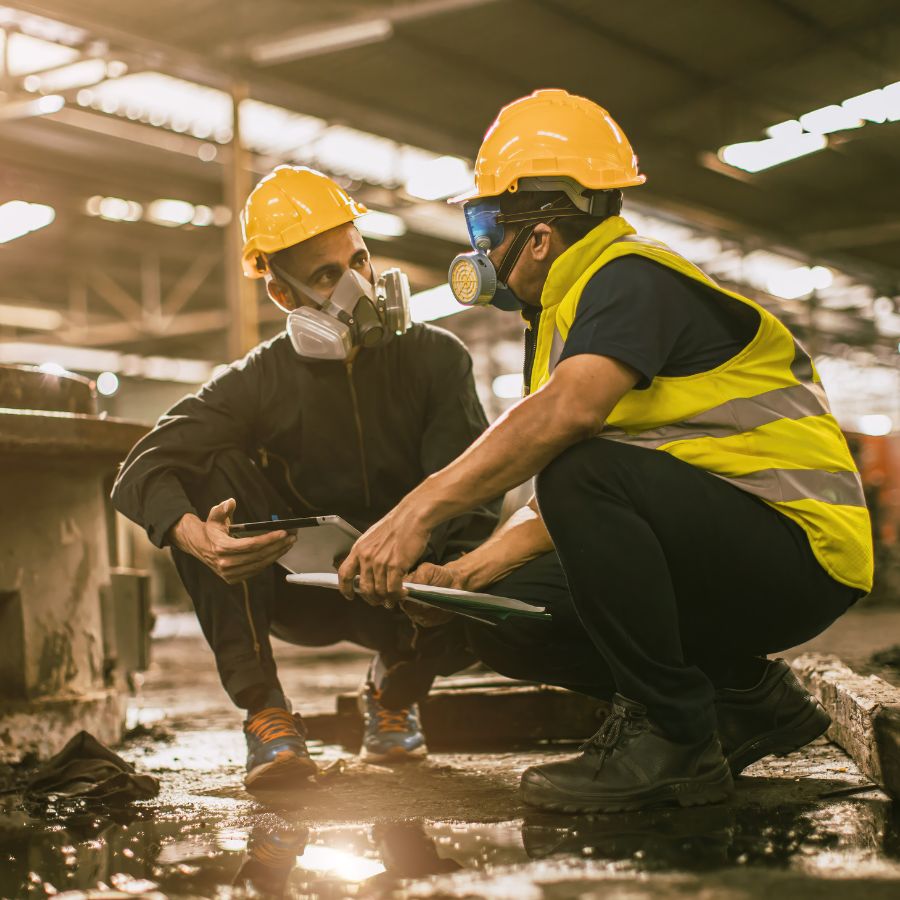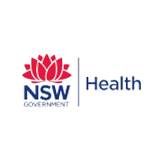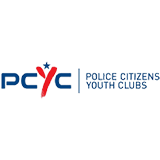Workplace safety in NSW: Protecting your most valuable asset
Safeguard employees and secure your business success by staying compliant with workplace safety standards.
Workplace safety in NSW is more than a legal requirement—it's a fundamental responsibility that defines responsible business leadership. In New South Wales, employers play a crucial role in creating safe and healthy work environments that protect their most important resource: their employees. According to Safe Work Australia, in 2023, 200 workers were fatally injured—an increase from 195 in 2022.
The landscape of workplace safety in NSW is constantly evolving, demanding proactive approaches from employers. Understanding and implementing comprehensive safety measures isn't just about avoiding penalties—it's about creating a culture of care, reducing workplace incidents, and fostering a productive, confident workforce.
Effective workplace safety strategies require continuous learning, regular assessment, and a commitment to employee well-being. By prioritising safety, employers protect their workers and enhance overall organisational performance and reputation.
Critical workplace safety compliance tips for NSW employers
Navigating workplace safety in NSW can be complex, but with the right knowledge and approach, employers can create robust safety frameworks that protect their employees and businesses. These essential tips will guide you through key compliance requirements and best practices specific.

Comprehensive risk assessment
Conduct regular workplace risk assessments to identify potential hazards. This involves systematically examining work processes, equipment, and environmental factors that could cause harm. Document all findings and develop targeted mitigation strategies to address identified risks.

Develop clear safety policies
Create comprehensive, easy-to-understand policies that outline expectations, procedures, and responsibilities. Ensure these policies are communicated clearly to all employees, regularly updated, and aligned with current NSW and Australian regulations and industry-specific guidelines.

Mandatory safety training programs
Implement mandatory, role-specific safety training for all employees. These programs should cover emergency procedures, correct equipment usage, hazard identification, and proper personal protective equipment (PPE) protocols. Regularly recap training to maintain high safety standards.

Incident reporting and management
Establish a comprehensive incident reporting system that encourages transparent communication. Ensure all workplace accidents, near-misses, and potential hazards are promptly documented, investigated, and addressed. Use these insights to continuously improve your safety protocols.

Personal protective equipment (PPE)
Provide appropriate, high-quality personal protective equipment tailored to specific workplace risks. Regularly inspect, maintain, and replace PPE, and ensure employees are trained in correct and safe usage. Maintain detailed records of your PPE distribution and any replacement.

Regular safety audits and continuous improvement
Conduct periodic safety audits to evaluate the effectiveness of existing workplace safety measures. Engage external safety consultants, leverage technology for monitoring, and create a culture of continuous improvement that adapts to changing workplace safety dynamics and requirements.
What Our Community Says About Us
Our Partners





Youthsafe: Your partner in workplace safety training
Youthsafe is dedicated to improving workplace safety and we provide specialised training programs and resources designed to help employers create safer work environments. Our comprehensive approach addresses the unique challenges and risks across various industries.
By partnering with Youthsafe, businesses have access to work safety training modules, risk assessment tools, and industry-specific guidance. Our expert consultation services, workshops, and educational resources empower employers to develop robust safety strategies that protect young workers and create a culture of safety and awareness.
FAQs
A comprehensive safety policy should cover detailed risk assessment procedures, clear emergency response plans, robust incident reporting mechanisms, specific personal protective equipment (PPE) requirements, mandatory employee training protocols, and mechanisms for ongoing safety improvement. The policy must be tailored to the risks of your workplace and industry.
Assess your safety measures through regular audits, comprehensive employee feedback, thorough incident report analysis, and consultation with professional safety experts. Consider engaging external safety consultants to provide an independent evaluation of your current workplace safety strategies and identify potential areas for improvement.


